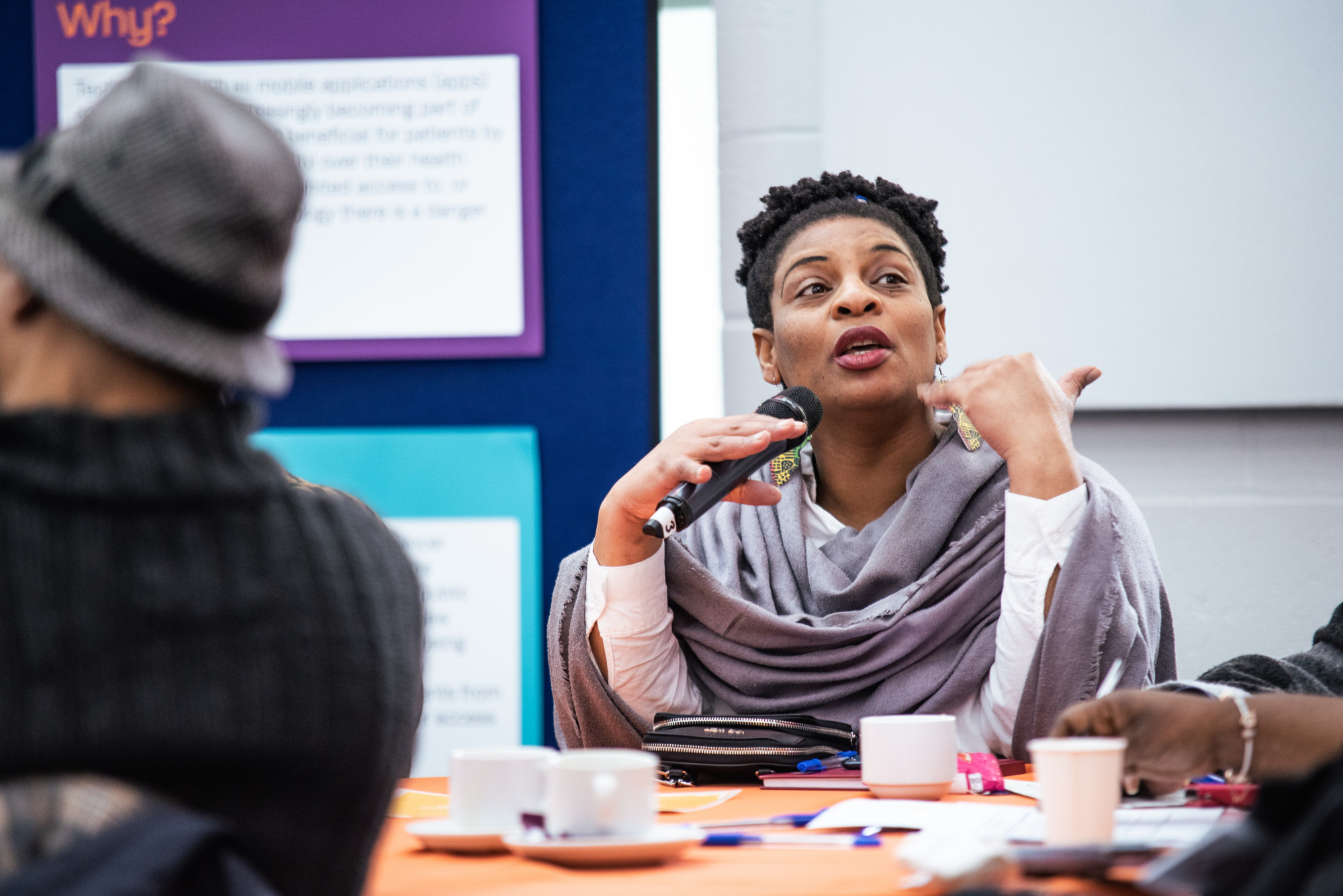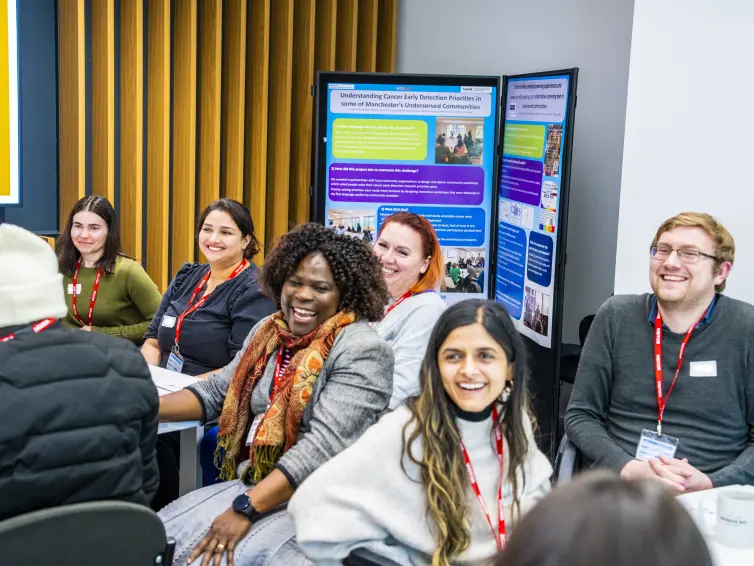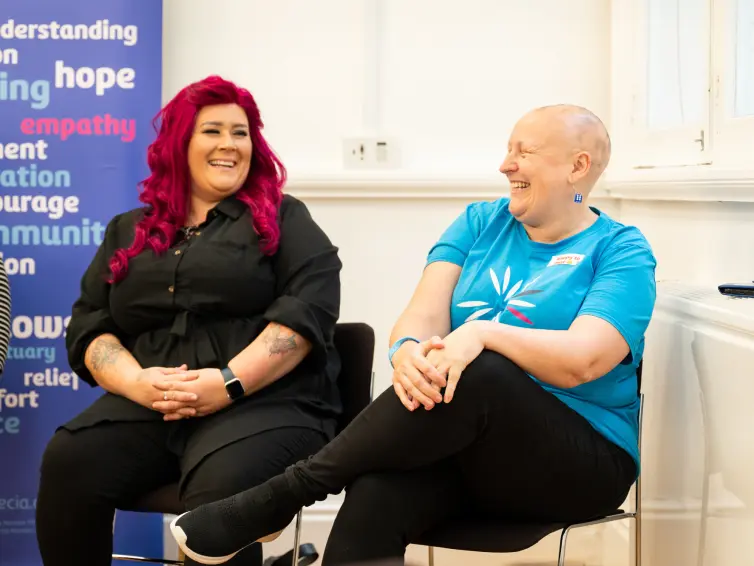Inclusive communication about research
Communicating effectively about research is crucial to make it more accessible to everyone.
 We worked with BRAG to co-produce guidance for the research community about how to communicate effectively with the public about research and research involvement.
We worked with BRAG to co-produce guidance for the research community about how to communicate effectively with the public about research and research involvement.
These principles were developed over three two-hour sessions, which included a review of web pages, social media content and videos produced by Vocal and partners.
The principles, below, highlight the importance of working in partnership to develop communications about research, and communicating sensitively and inclusively about ethnicity and health inequalities. The principles are being used across a range of projects.
BRAG’s communication principles
Don’t make assumptions about your audience.
It is the responsibility of research to include and engage everyone. This includes acknowledging and reflecting on systemic barriers. For example, explain why research hasn’t previously included people from under-represented groups rather than include it as a statement of fact.
Ensure your call to action is clear throughout and that it relates to your audience. If you are aiming to engage a particular audience, make sure your content is relevant to them and their needs.
If you are aiming to engage a specific audience, do your research first to better understand what their needs might be, including cultural aspects that might be important.
Be clear about the value of working together for the people you are aiming to involve rather than just focusing on benefits to research.
Keep text short and to the point.
Present any data clearly – make it self-explanatory.
BRAG’s advice on terminology
Take advice from people from the groups you want to engage with about how they want to be described.
Use language that focuses on people’s positive attributes, agency and resources, whilst acknowledging the challenges and inequalities they may experience.
Use the term ‘diverse communities’ to acknowledge that there are different communities of identity.
Use language that acknowledges people’s heritage e.g. African heritage, Asian heritage, rather than using UK census categories.
Be clear about who you want to engage and involve. Don’t use generalising terms such as ‘ethnic minority’, BAME, or ‘global majority’.
Terms such as ‘areas of socio-economic deprivation’ are off-putting. Instead, be specific about geographical location if you are aiming to engage people who live there.
BRAG’s advice on images and videos
Make good use of images and videos in your communication materials.
Include images of people from local communities.
Reflect the diversity of research teams in images and videos. Avoid stereotypical representations of research and researchers.
Keep videos as short as possible.
Other resources
See Greater Manchester Equality Alliance Inclusive Language guidance


